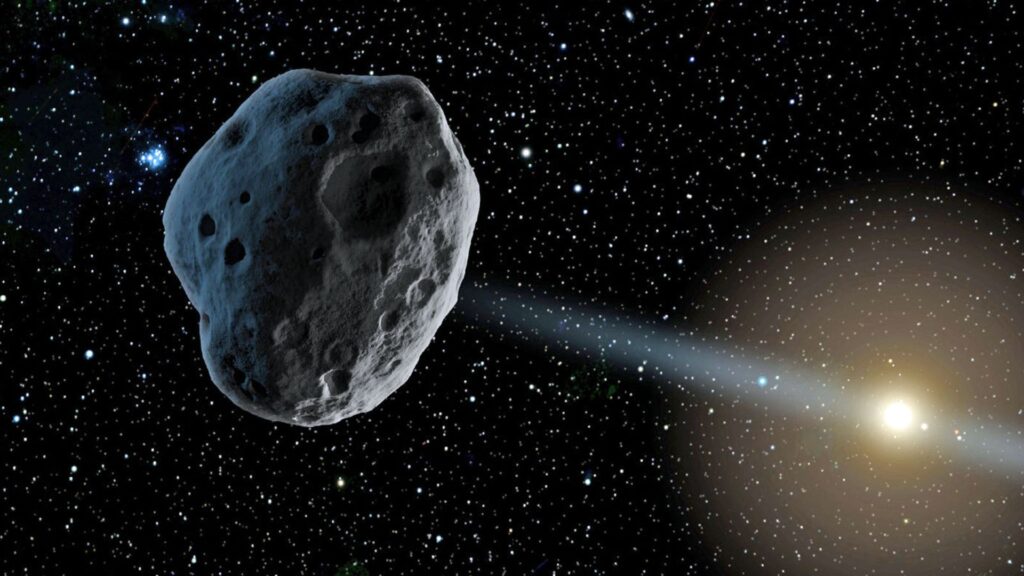This year, a massive asteroid, aptly nicknamed ‘Planet Killer’ and rivaling the size of Mount Everest, is on course to pass extraordinarily close to Earth.
It’s one of the largest asteroids to approach our planet this closely in recent history, capturing the attention of astronomers and sky watchers worldwide.
Celebrating International Asteroid Day
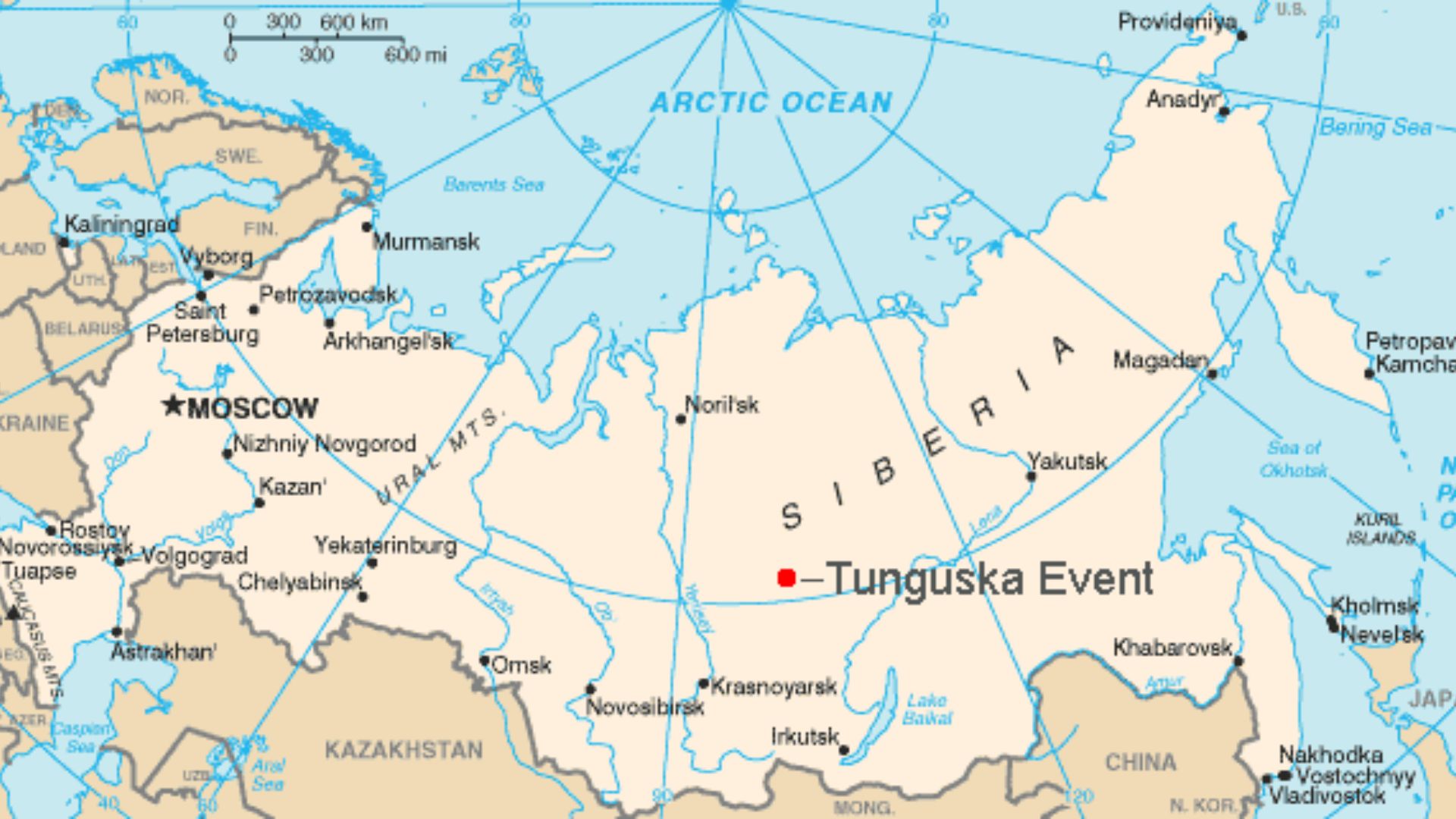
Every June 30th, the world marks International Asteroid Day, commemorating the largest asteroid impact on Earth—the Tunguska Event of 1908.
The UN established this day to boost awareness of the risks asteroids can pose, turning our eyes skyward to the stars—and the dangers they hold.
Double Trouble on Asteroid Day

Asteroid Day this year will be extra eventful with not one, but two significant space rocks making a close call.
The star of the show is 415029 (2011 UL21), massive as Mount Everest and flagged as a potential public health hazard due to its close approach.
New Kid on the Block: 2024 MK
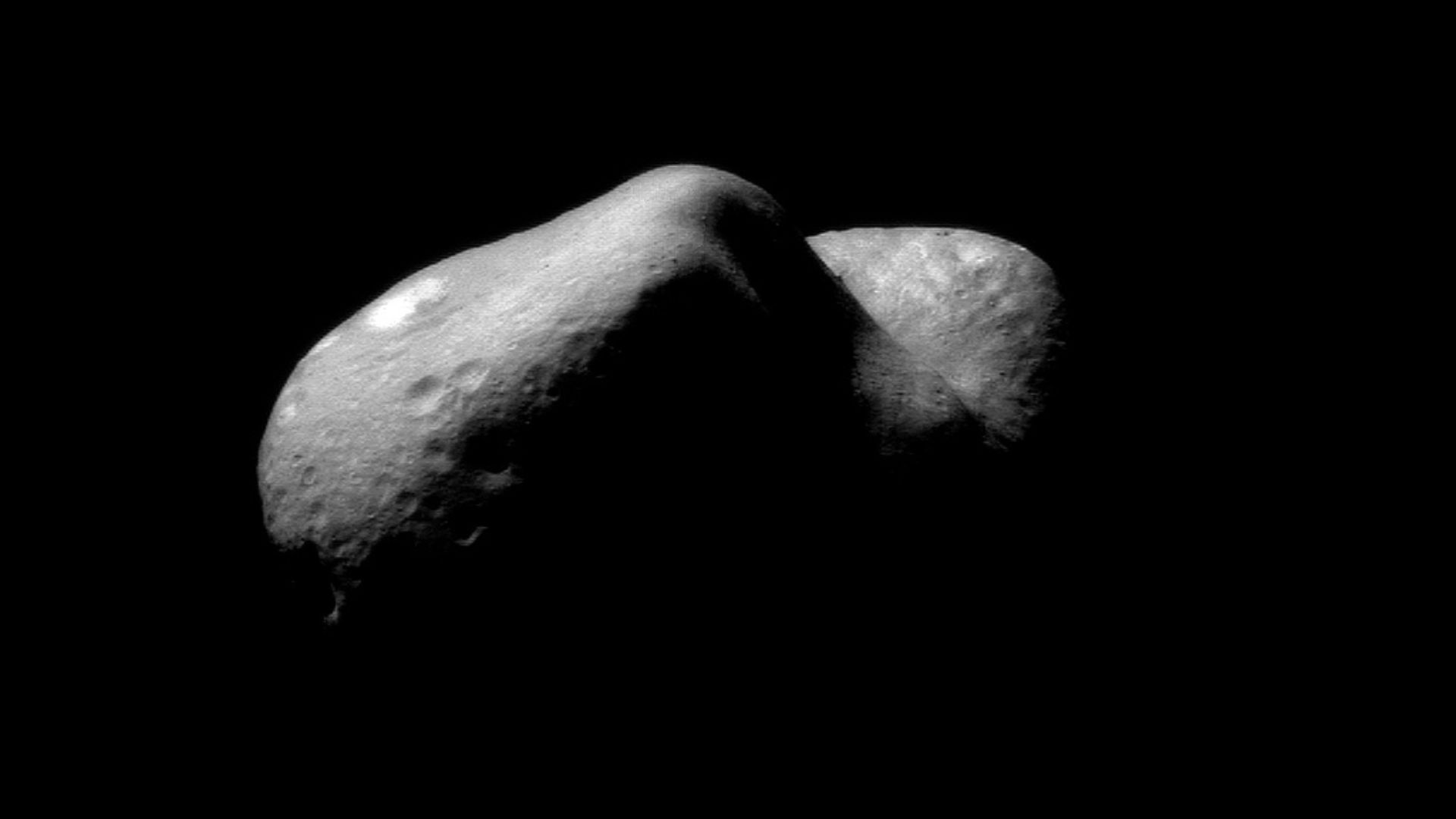
Joining 2011 UL21 is the newly discovered asteroid 2024 MK.
Detected just a week ago, this 492-foot asteroid is on track to swoop closer to us than the Moon on June 29—highlighting the unpredictable dynamics of our solar system.
The Need for Speed: 2011 UL21
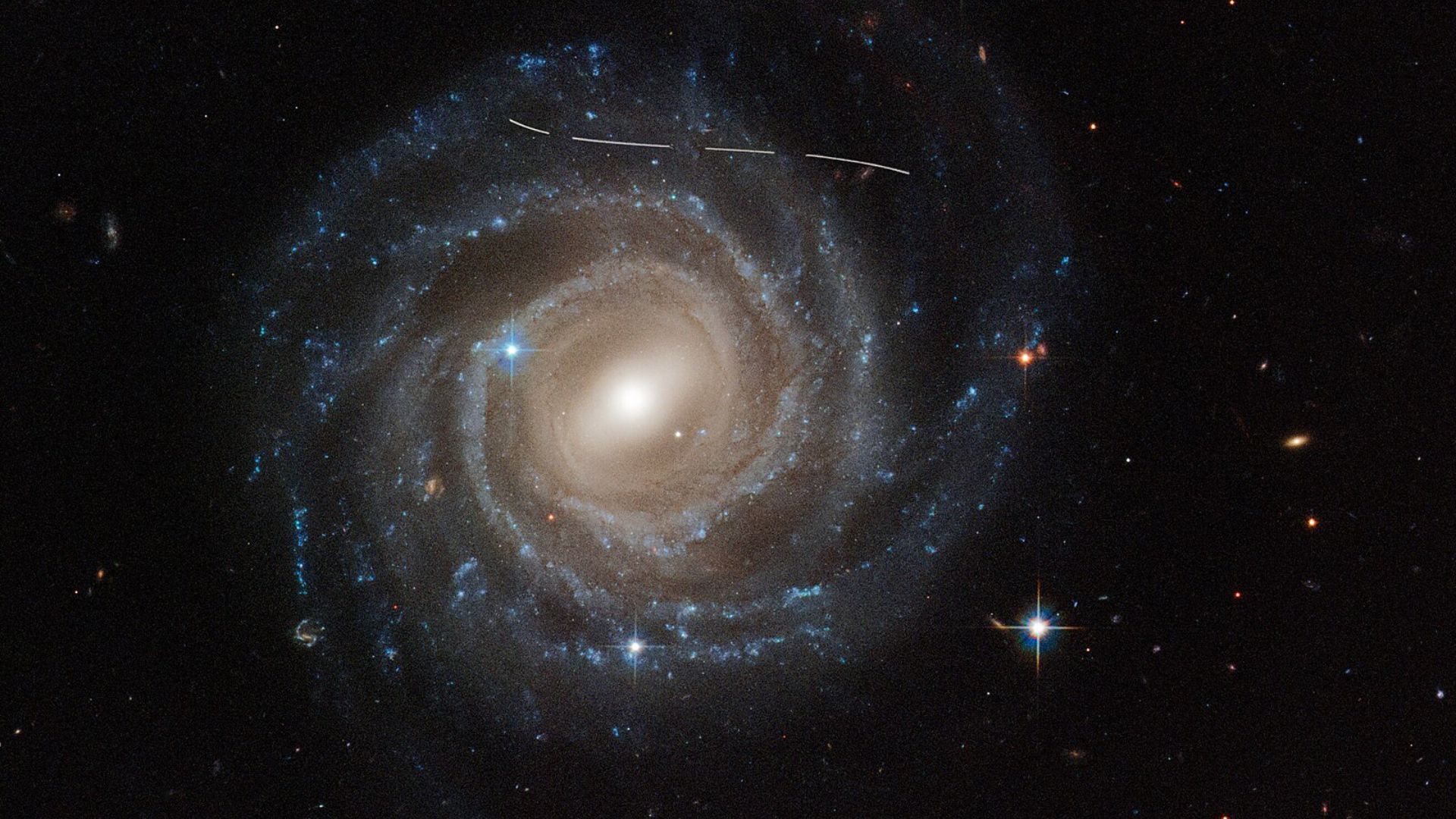
Hurtling through space at 16.1 miles per second—that’s 75.5 times faster than sound—2011 UL21 is no slowpoke.
Researchers analyzing how it reflects light deduced it spins every 2.7 hours and is somewhere between 0.93 and 2.36 miles wide.
Sizing Up the Threat
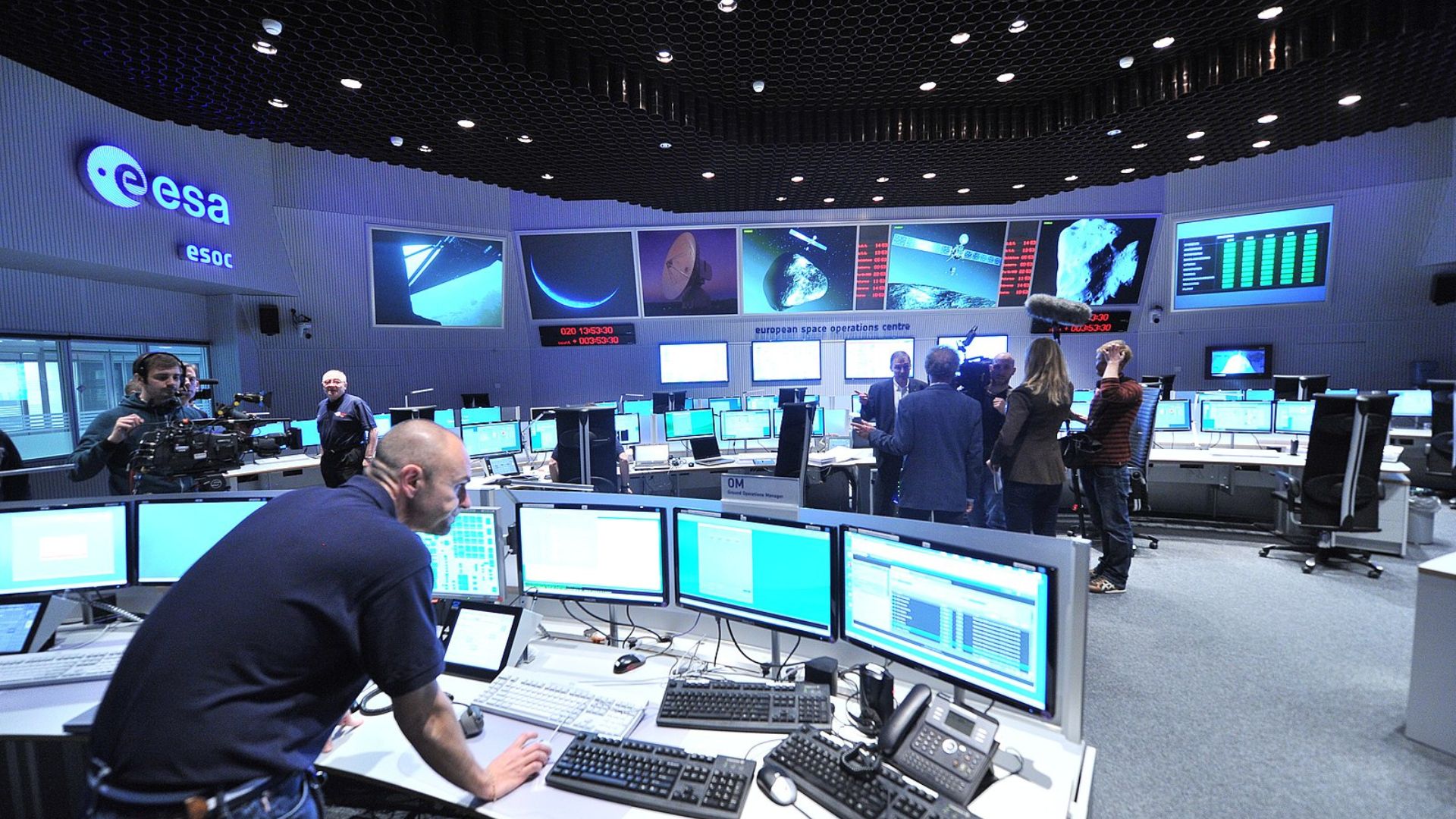
The European Space Agency has clarified the measurements, pegging 2011 UL21 at about 1.4 miles in diameter.
With such dimensions, this asteroid ranks as one of the most formidable in terms of potential impact power.
A Call for Better Detection

Following the unexpected appearance of 2024 MK, the ESA has stressed the urgent need to enhance our detection and monitoring of near-Earth objects.
This close shave illustrates the continuous threat these space rocks can pose.
Putting It in Perspective
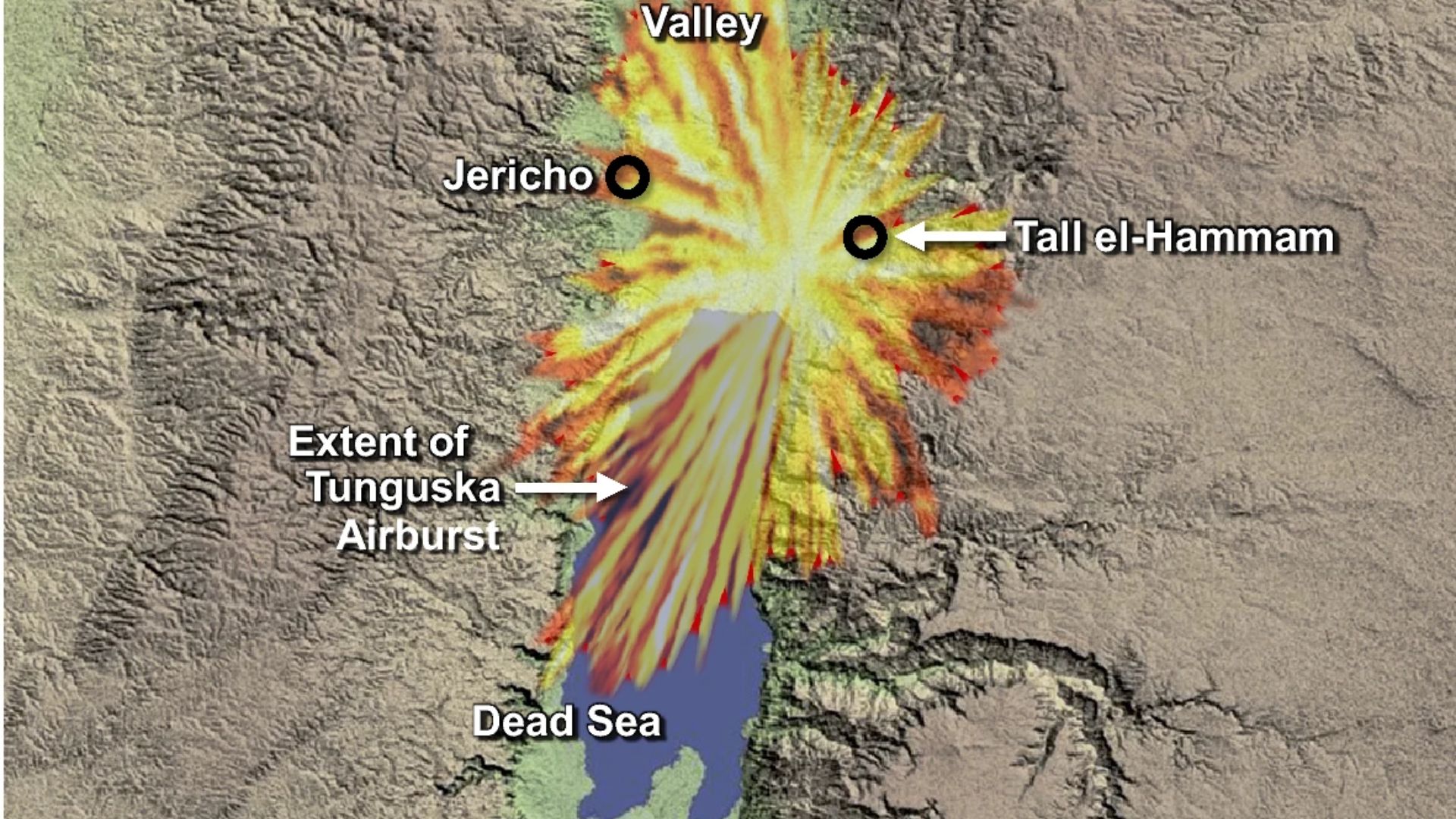
Consider this: the asteroid that likely ended the dinosaurs stretched about 6.2 miles across, while the Tunguska impactor was only 49.2 feet wide yet still devastated vast tracts of forest.
The power and unpredictability of these celestial objects are truly humbling.
No Immediate Danger
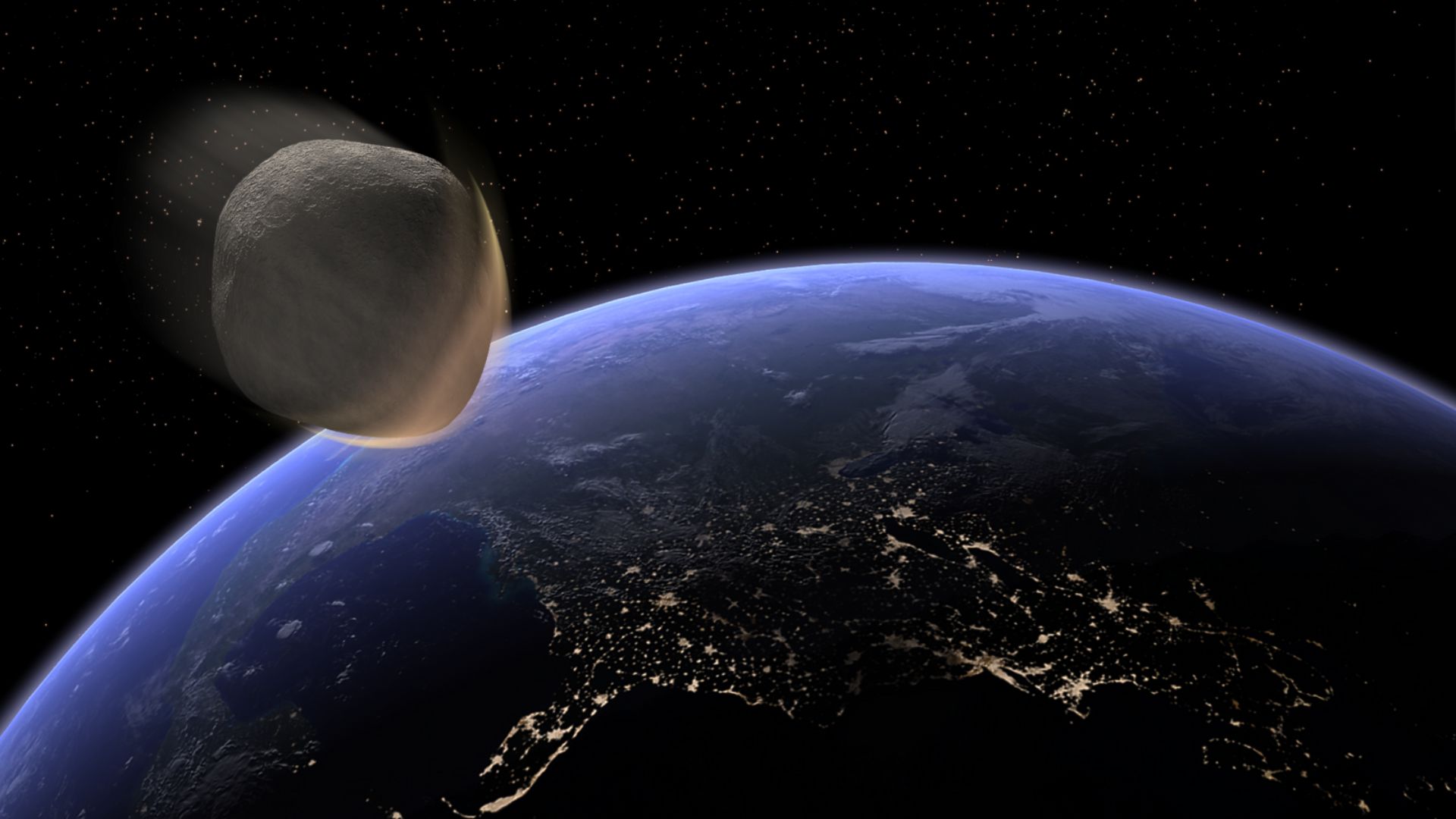
Recent studies reassured us that, thankfully, there are no asteroids on a collision course with Earth for the next 1,000 years.
This welcome news comes from research led by Oscar Fuentes-Muñoz of the University of Colorado Boulder, as reported by the MIT Review.
A Rare Spectacle
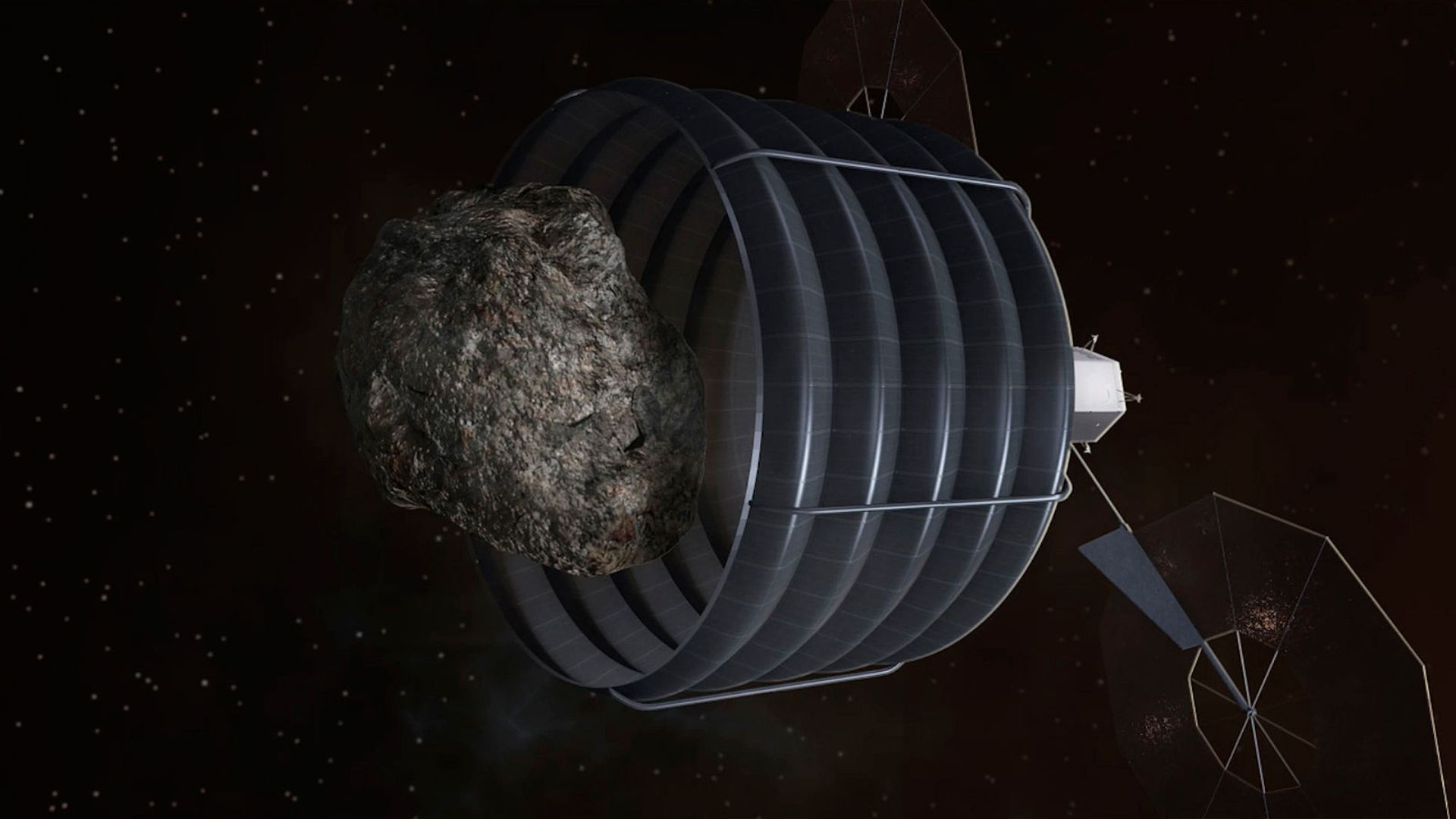
Encounters with mid-sized asteroids like 2011 UL21 are uncommon.
These giants come close enough to be observed roughly once a decade, making each sighting an important and rare event for both professional and amateur astronomers.
Eyes on the Sky
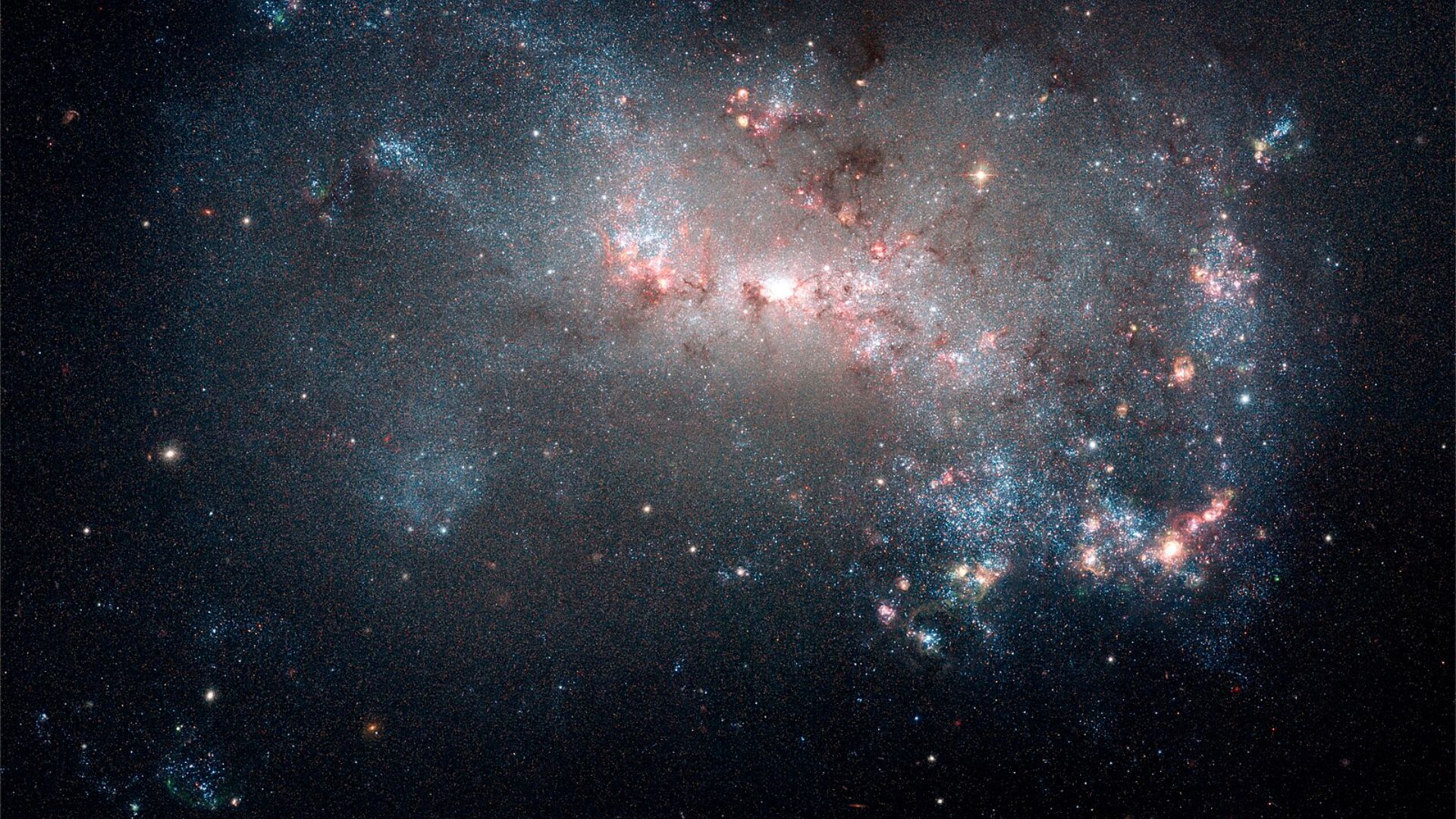
The Bellatrix Astronomical Observatory in Ceccano, Italy, isn’t just watching 2011 UL21; it’s preparing to share the experience worldwide.
As the asteroid approaches its closest point to Earth, the observatory plans to broadcast this moment live through The Virtual Telescope Project.
Join the Livestream

The Virtual Telescope Project invites everyone to tune in and watch 2011 UL21’s close approach live.
This event offers a unique chance for the public to witness significant astronomical phenomena in real-time, enhancing our understanding and appreciation of the vast universe around us.
